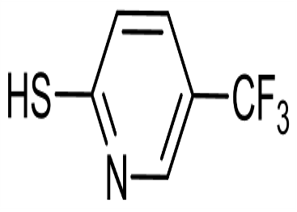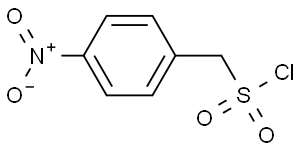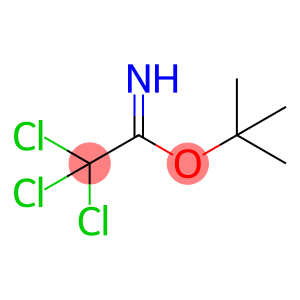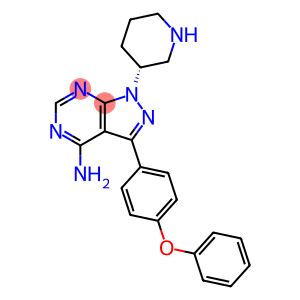2-MERCAPTO-5-(TRIFLUOROMETHYL)PYRIDINE (CAS# 76041-72-0)
| Hazard Symbols | Xi – Irritant |
| Risk Codes | 36/37/38 – Irritating to eyes, respiratory system and skin. |
| Safety Description | S26 – In case of contact with eyes, rinse immediately with plenty of water and seek medical advice. S36 – Wear suitable protective clothing. |
| WGK Germany | 3 |
| Hazard Class | IRRITANT |
Introduction
2-Mercapto-5-(trifluoromethyl)pyridine is an organic compound with the chemical formula C6H4F3NS. Its main properties are as follows:
1. Appearance: colorless solid or light yellow liquid;
2. solubility: soluble in alcohol, ether and other organic solvents, insoluble in water;
3. odor: has a special thiol odor.
The 2-Mercapto-5-(trifluoromethyl)pyridine has the following primary uses:
1. catalyst: can be used as a catalyst in organic synthesis reaction, participate in the synthesis of thiol, carboxylic acid and ketone;
2. chemical analysis: can be used for solid phase extraction, column chromatography and other chemical analysis methods;
3. flame retardant: as a flame retardant in organic synthesis, it is used to improve the heat resistance of materials;
4. organic synthesis: can be used for the synthesis of pesticides, fluorescent dyes and other organic compounds.
2-Mercapto-5-(trifluoromethyl)pyridine are mainly prepared by the following methods:
1. obtained by reacting 3-mercaptopyridine with trifluoromethyl compound;
2. using two chloropyridine and mercapto amino hydrofluoride reaction synthesis.
When using the 2-Mercapto-5-(trifluoromethyl)pyridine, you need to pay attention to the following safety information:
1. The compound may be harmful to health when in contact with skin, eyes or inhalation, and direct contact should be avoided;
2. use the process to wear appropriate personal protective equipment, such as gloves, goggles, etc;
3. avoid contact with chemicals such as oxidants and hydrofluoric acid to avoid dangerous reactions;
4. storage should be placed in a cool, well-ventilated place, away from fire and heat sources;
5. in the use and storage process should strictly abide by the relevant safety procedures to ensure safety.








